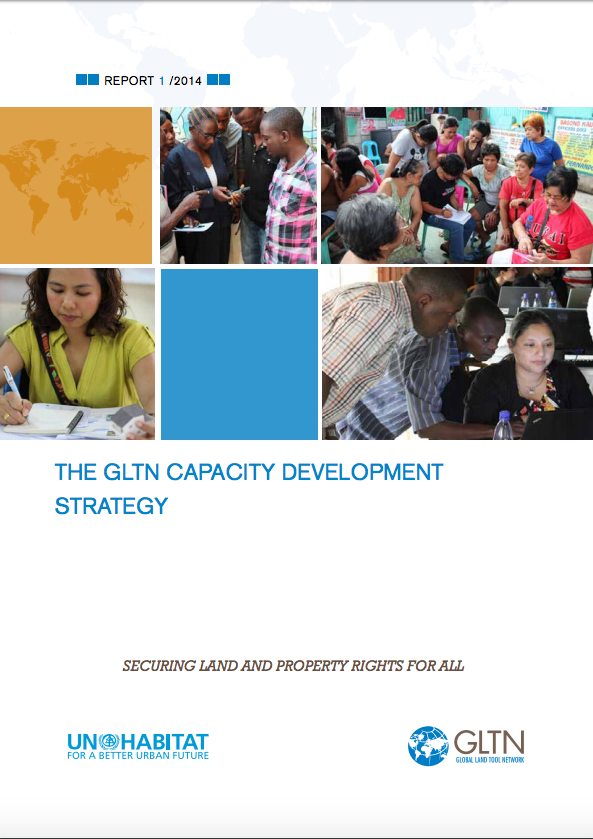Rural development in Morocco
In this study, an economywide model focused on Morocco's rural economy is used as a laboratory for analyzing issues at the core of such a rural development strategy.The model is used to explore the effects of alternative scenarios for water tariffs and sales, and supply-side advances (irrigation expansion, and accelerated productivity growth, both in agriculture and other sectors). Among these, instruments of tax policy and irrigation expansion are under the direct control of policymakers whereas other supply-side shifts are less directly influenced by government actions.






